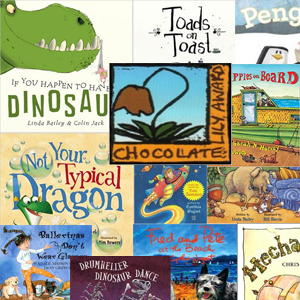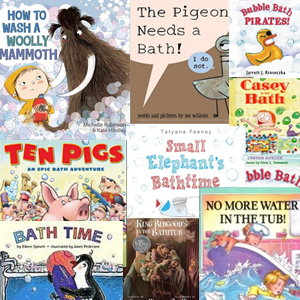Thematic Reading List: We all have Feelings!
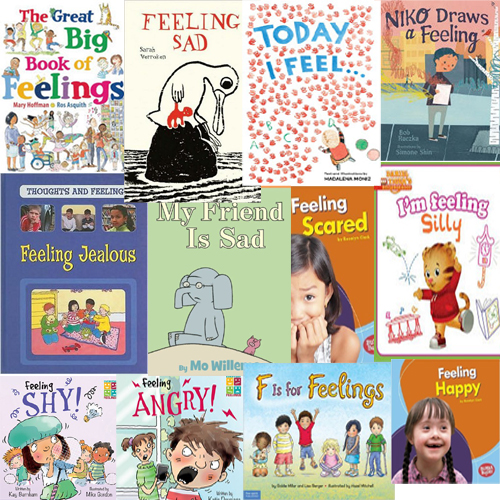
Understanding feelings is an important part of growing up. When children are able to recognize their feelings and express them appropriately, they are much better equipped to be successful adults. It is also important to remember that feelings are not inherently bad: everyone experiences them. What is important is how people work through those feelings. This book list includes both fiction and nonfiction titles for readers ages 4-7 to help them identify their feelings, accept them, and then address them accordingly.
Contributed by: Mary Lanni
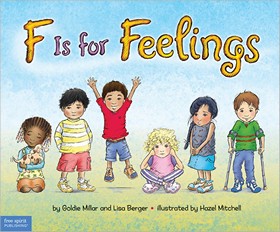
|
F is for Feelings By: Golden Melanie Millar and Lisa Berger Illustrated by: Hazel Mitchell Young children often need help learning and practicing their “feelings words” so they can express themselves well. When children learn from an early age to share their feelings in clear and healthy ways, they are more likely to grow into adults who feel capable of handling life’s challenges. Friendly and positive, this picture book uses an alphabet-book format to share and reinforce emotional language and the ideas that while some feelings are more comfortable than others, all emotions are natural and important. Charming, colorful illustrations accompany the sweet and simple text. A section in the back provides tips and activities for parents and caregivers to reinforce the themes and lessons of the book. |
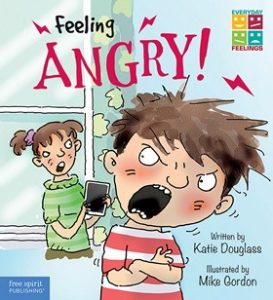 |
Feeling Angry By: Katie Douglass Illustrated by: Mike Gordon Harry is great at helping others deal with anger. He helps his dad keep cool when his dad is running late for work, soothes his sister’s tantrums, and calms down his angry friend using strategies such as taking deep breaths, slowing down, counting to ten, and thinking about something else. But when Harry has to turn off his computer game, it’s his turn to be angry. Join Harry and his friends and family to see how he decides to handle his own angry feelings. This book is part of the Everyday Feelings Series which focuses on young children face many strong feelings, some of which can be difficult to handle. This series uses humor and compassion to show children how to help others–and themselves–feel better when dealing with challenging emotions. Lively art illustrates the stories with charm and energy. At the end of each book, a special section for adults presents ideas for helping children deal with feelings in healthy ways, as well as a list of recommended books for further reading. Also available is a free downloadable leader’s guide for this series with additional information, discussion questions, and activities. |
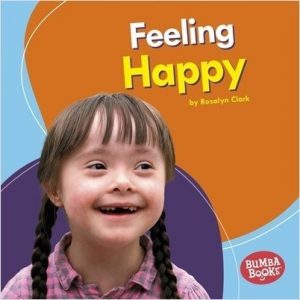
|
Feeling Happy By: Rosalyn Clark Have you ever found yourself smiling or laughing with a friend or family member? Chances are, you were feeling happy! Find out what it means to feel happy and how you can acknowledge your feelings. |
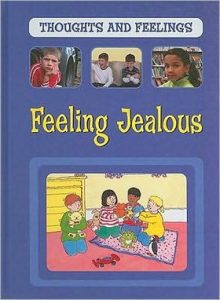 |
Feeling Jealous By: Sarah Levete What is feeling jealous all about? Powerful emotions come up for so many reasons, so how do kids deal with these? By recognizing and working through feeling jealous, children are empowered to develop healthy relationships and high self-esteem.This helpful book explores a range of jealous feelings that a group of primary aged children are experiencing. The photos and illustrations show common scenarios in a child’s emotional development. |

|
Feeling Sad By: Sarah Verroken On a gloomy day, Duck feels sad until a frog gives him some advice that cheers him up. |
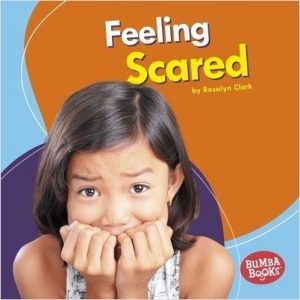 |
Feeling Scared By: Rosalyn Clark Yikes! What made that noise in your closet? If you’ve ever felt your heart beating fast and your palms sweating, chances are you were feeling scared. Find out what it means to feel scared and how to acknowledge your feelings. Carefully leveled text and fresh, vibrant photos engage young readers in learning about their feelings and why they matter. Age-appropriate critical thinking questions and a photo glossary help build nonfiction learning skills. |
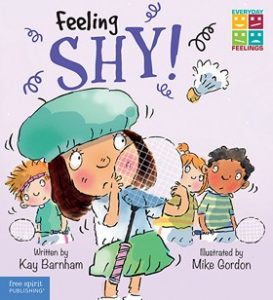 |
Feeling Shy By: Kay Barnham Illustrated by: Mike Gordon Lily is good at noticing when others are feeling shy and helping them overcome their shyness. Lily helps a new student break out of her shell, urges a friend to join in at a party, and coaxes her sister to socialize when her sister is feeling bashful. Then Lily goes to a new club by herself, and it’s her turn to feel timid. Can she follow her own example and move past her shy feelings? |
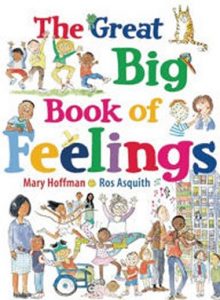 |
The Great Big Book of Feelings By: Mary Hoffman Illustrated by: Ros Asquith Explores the host of emotions that children can feel, including happiness, sadness, anger, loneliness, fear, and embarrassment. |
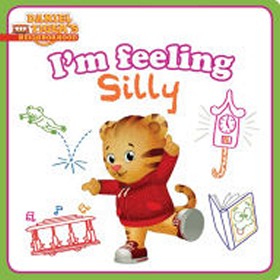
|
I’m Feeling Silly By: Natalie Shaw Illustrated by: Jason Fruchter When Daniel Tiger feels silly and it’s time to be quiet and calm, he gives a squeeze, nice and slow, takes a deep breath, and lets it go. What helps you calm down? |

|
My Friend is Sad By: Mo Willems When Gerald the Elephant is sad, Piggie is determined to cheer him up, but finds after many tries that it only takes the simplest thing to change Gerald’s mood. |
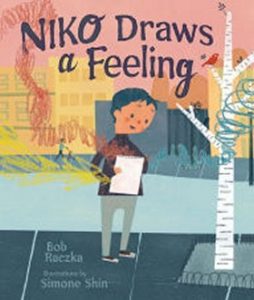 |
Niko Draws a Feeling By: Bob Raczka Illustrated by: Simone Shin No one understands the abstract pictures that Niko draws until a new friend sees the thought and feeling within his shapes and forms. |
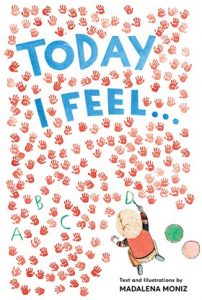
|
Today I Feel…: An Alphabet of Emotions By: Madalena Moniz Full-page illustrations and simple text portray an emotion for every letter of the alphabet. |

